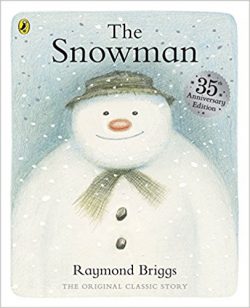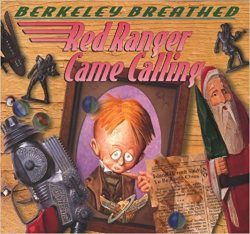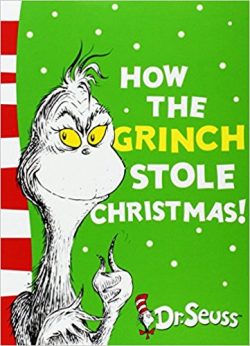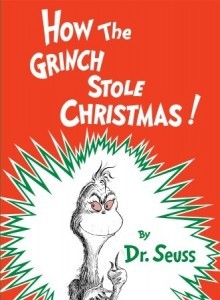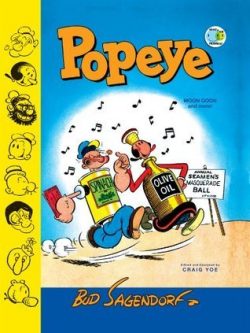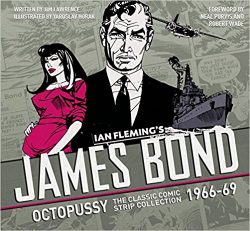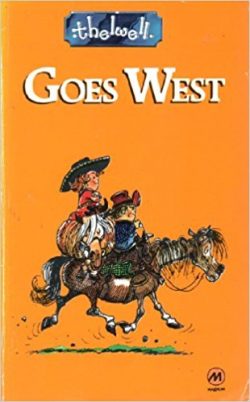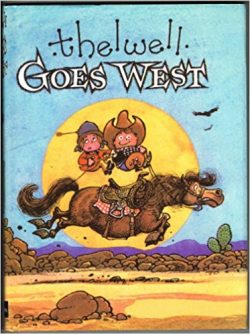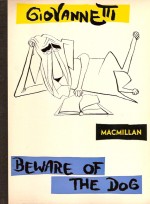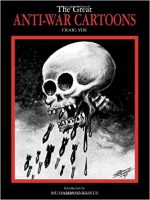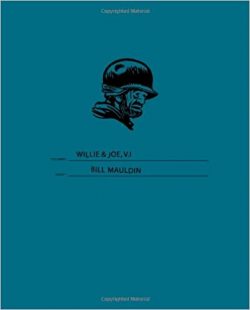
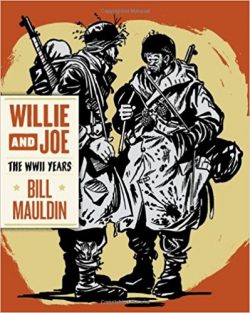
By Bill Mauldin, edited by Todd DePastino (Fantagraphics Books)
ISBN: 978-1-56097-838-1 (HB)Â Â Â Â Â Â Â Â Â Â Â Â Â Â Â Â Â Â Â Â Â Â Â Â Â Â Â Â Â Â 978-1-60699-439-9 (PB)
During World War II a talented, ambitious young man named William Henry “Bill†Mauldin (29/10/1921 – 22/01/2003) fought “Over There†with the 45th Division of the United States Infantry as well as many other fine units of the army. He learned to hate war and love his brother soldiers – and the American fighting man loved him back.
During his time in the service he produced civilian cartoons for the Oklahoma City Times and The Oklahoman, and intimately effective and authentic material for his Company periodical, 45th Division News, as well as Yank and Stars and Stripes: the US Armed Forces newspapers. Soon after, his cartoons were being reproduced in newspapers across Europe and America.
They mostly featured two slovenly “dogfaces†(a term he popularised) giving their trenchant and laconic view of the war from the muddied tip of the pointiest of Sharp Ends. Willie and Joe, much to the dismay of the brassbound, spit-and-polish military martinets and diplomatic doctrinaires, became the unshakable, everlasting image of the American soldier: continually revealed in all ways and manners the upper echelons of the army would prefer remained top secret.
Willie and Joe even became the subject of two films (Up Front – 1951 and Back at the Front – 1952) whilst Willie made the cover of Time Magazine in 1945, when 23-year old Mauldin won his first Pulitzer Prize.
In 1945 a collection of his drawings, accompanied by a powerfully understated and heartfelt documentary essay, was published by Henry Holt and Co. Up Front was a sensation, telling the American public about the experiences of their sons, brothers, fathers and husbands in a way no historian would or did. A biography, Back Home, followed in 1947.
Mauldin’s anti-war, anti-Idiots-in-Charge-of-War views became increasingly unpopular during the Cold War and despite being a War Hero his increasingly political cartoon work fell out of favour and those efforts are the subject of companion volume Willie & Joe: Back Home. Mauldin left the business to become a journalist and illustrator.
He was a film actor for a while (appearing in Red Badge of Courage with Audie Murphy, among other movies); a war correspondent during the Korean War and – after an unsuccessful campaign for Congress in 1956 – finally returned to newspaper cartooning in 1958.
He retired in 1991 after a long, glittering and award-studded career. Mauldin only drew Willie and Joe four times in that entire period (for an article on the “New Army†in Life magazine; for the funerals of “Soldier’s Generals†Omar Bradley and George C. Marshall; and to eulogize Milton Caniff). His fondest wish had been to kill the iconic dogfaces off on the final day of World War II, but Stars and Stripes vetoed it.
The Willie and Joe cartoons and characters are some of the most enduring and honest symbols of all military history. Every Veterans Day in Peanuts, from1969 to 1999, fellow veteran Charles Schulz had Snoopy turn up at Mauldin’s house to drink Root Beers and tell war stories with an old pal.
When you read Sgt. Rock you’re looking at Mauldin’s legacy, and Archie Goodwin even drafted the shabby professionals for a couple of classy guest-shots in Star-Spangled War Stories (see Showcase Presents the Unknown Soldier).
This immense mostly monochrome compendium (with some very rare colour and sepia items) comes in hardback, softcover and even as an eBook: collecting all Mauldin’s known wartime cartoons and featuring not only the iconic dog-face duo, but also the drawings, illustrations, sketches and gags that led, over 8 years of army life, to their creation.
Mauldin produced most of his work for Regimental and Company newspapers whilst under fire: perfectly capturing the life and context of fellow soldiers – also under battlefield conditions – and gave a glimpse of that unique and bizarre existence to their families and civilians at large, despite constant military censorship and even face-to-face confrontations with Generals such as George Patton, who was perennially incensed at the image the cartoonist presented to the world.
Fortunately, Supreme Commander Eisenhower, if not an actual fan, at least recognised the strategic and morale value of Mauldin’s Star Spangled Banter and Up Front features with indomitable everymen Willie and Joe…
This far removed in time, many of the pieces here might need historical context for modern readers and such is comprehensively provided by the notes section to the rear of the volume. Also included are unpublished pieces and pages, early cartoon works, and rare notes, drafts and sketches.
Most strips, composites and full-page gags, however, are sublimely transparent in their message and meaning: lampooning entrenched stupidity and cupidity, administrative inefficiency and sheer military bloody-mindedness whilst highlighting the miraculous perseverance and unquenchable determination of the ordinary guys to get the job done while defending their only inalienable right – to gripe and goof off whenever the brass weren’t around…
Moreover, Mauldin never patronises the civilians or demonises the enemy: the German and Italians are usually in the same dismal boat as “Our Boys†and only the war and its brass-bound conductors are worthy of his inky ire…
Let’s just hope that in these tense, “ten-seconds-to-doomsday†times the latest batch of brass-hats and political ass-hats keep that in mind and remember what’s always at stake here…
Alternating trenchant cynicism, moral outrage, gallows humour, absurdist observation, shared miseries, staggering sentimentality and the total shock and awe of still being alive every morning, this cartoon catalogue of the Last Just War is a truly breathtaking collection no fan, art-lover, historian or humanitarian can afford to miss.
…And it will make you cry and laugh out loud too.
With a fascinating biography of Mauldin that is as compelling as his art, the mordant wit and desperate camaraderie of his work is more important than ever in an age where increasingly cold and distanced leaders send ever-more innocent lambs to further foreign fields for slaughter. With this volume (and the aforementioned Willie & Joe: Back Home) we should finally be able to restore Mauldin and his works to the forefront of graphic consciousness, because tragically, his message is never going to be out of date…
© 2011 the Estate of William Mauldin. All right reserved.

